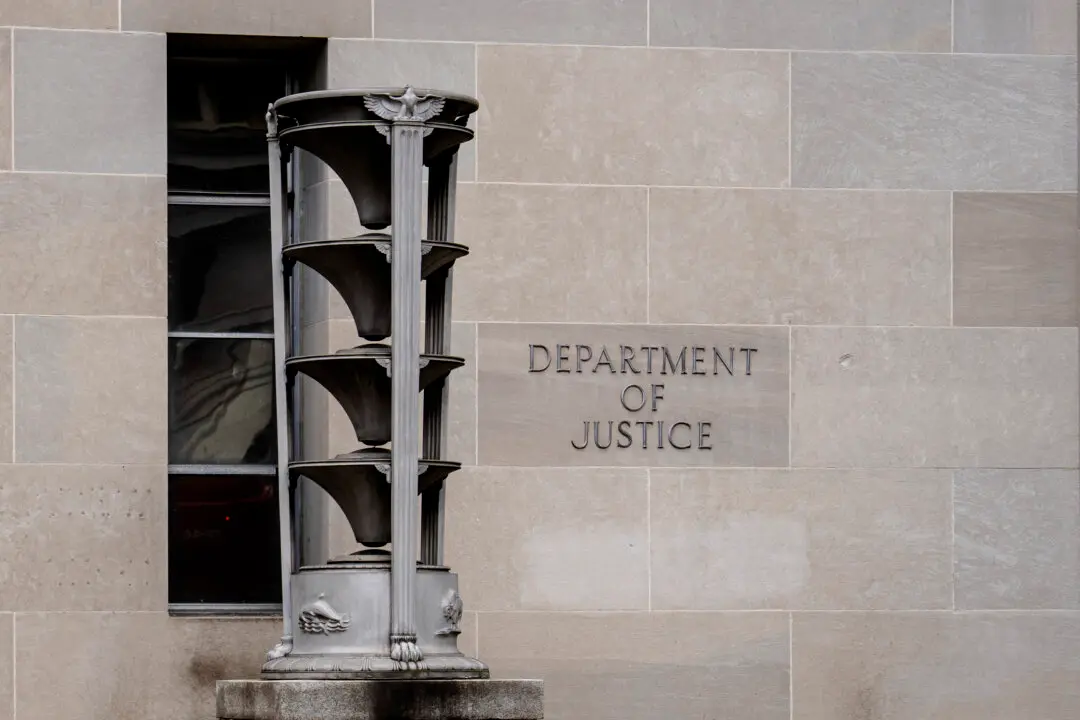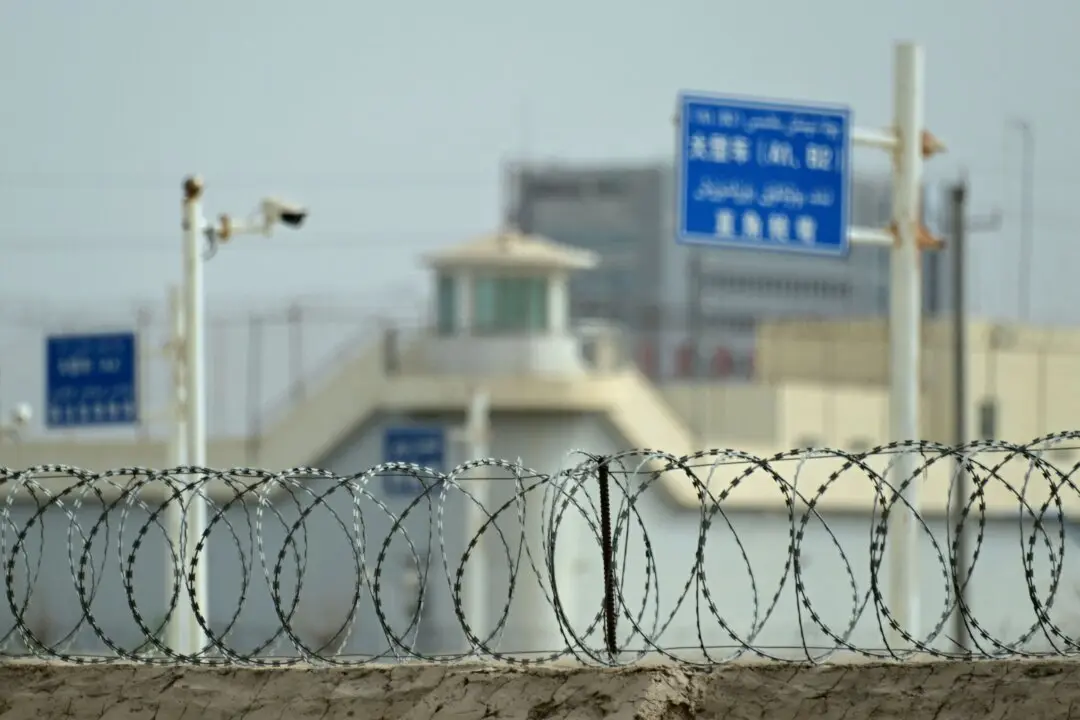South Korea and the United States jointly launched eight short-range ballistic missiles into the East Sea on June 6, in response to North Korea’s recent test of multiple short-range ballistic missiles, according to U.S. Forces Korea (USFK).
“This exercise utilized one U.S. Army missile and seven [South Korea] Army missiles. The missiles were fired from the northeast of South Korea into the East Sea following appropriate notifications for air and maritime safety,” the USFK said in a statement.





